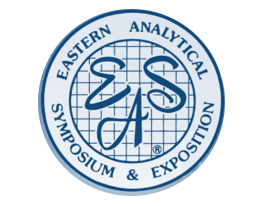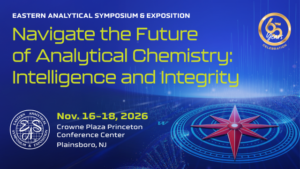One-Day Course:
Tuesday, November 18; 8:30am – 5:00pm
Mritunjay Mishra, University of Delaware, Newark, DE
Dr. Gbenga S. Taiwo, University of Delaware, Newark, DE
COURSE DESCRIPTION
This course explores the application of operando Raman spectroscopy and operando imaging for real-time analysis of Li-S battery reaction mechanisms, alongside in-situ Raman spectroscopy for studying electrochemical processes in CO2 reduction and water electrolysis. Participants will learn how these techniques provide molecular-level insights into reaction intermediates, phase transformations, and degradation pathways under realistic conditions. The course will cover experimental setups, data interpretation, and recent advancements. Emphasis will be placed on correlating spectroscopic signals with electrochemical performance, offering a comprehensive understanding of energy storage and conversion systems crucial for next-generation batteries and sustainable catalysis.
WHO SHOULD ATTEND
This course is intended for graduate students, researchers, and professionals engaged in battery science, electrocatalysis, and spectroscopic characterization. It is particularly suited for those seeking to deepen their understanding of operando Raman spectroscopy, optical imaging, and in-situ Raman techniques for investigating electrochemical processes in Li-S batteries, CO2 reduction, and water electrolysis. Participants involved in the development of energy storage materials, electrochemical systems, or advanced characterization methods will benefit from the detailed discussions on reaction mechanisms, phase transformations, and degradation pathways. A foundational knowledge of electrochemistry and spectroscopy is recommended to maximize learning outcomes.
TOPICS
- Introduction to Operando and In-Situ Spectroscopy
a. Overview of Raman spectroscopy and optical imaging techniques
b. Principles of operando and in-situ measurements
c. Applications for electrochemical systems - Operando Raman Spectroscopy in Li-S Batteries
a. Mechanisms of sulfur reduction and polysulfide dissolution
b. Real-time tracking of Polysulfide shuttling in Li-S batterie
c. Insights into battery degradation and cycle life - In-Situ Raman for CO2 Reduction and Water Electrolysis
a. Electrochemical CO2 reduction reaction pathways
b. Identifying reaction intermediates with Raman spectroscopy
c. Monitoring catalyst stability and performance using optical imaging - Capabilities of Operando and In-Situ Spectroscopy for Future Opportunities
a. Advancing next-generation energy storage technologies
b. Developing novel electrolyte and electrode materials for energy storage and conversion
c. Bridging fundamental research with industrial applications
ABOUT THE INSTRUCTORS

Mritunjay Mishra is a chemist specializing in the application of in-situ Raman spectroscopy for studying electrochemical processes in energy storage systems and catalysis. With extensive experience in the characterization of batteries and electrocatalysts, Mritunjay focuses on gaining molecular-level insights into reaction mechanisms, phase transitions, and material degradation. His work has been published in leading journals, contributing to the advancement of understanding in electrochemical systems for next-generation energy devices.

Dr. Gbenga Taiwo is a Mechanical Engineer with expertise in the use of operando imaging and Raman spectroscopy to study the Li-S battery system. His PhD research focuses on real-time monitoring of reaction mechanisms and structural evolution of Li-S batteries, utilizing advanced imaging and spectroscopy techniques. Gbenga’s work has been published in prominent scientific journals, furthering the understanding of sulfur-based electrode’s performance and degradation, with applications in the development of more efficient and durable energy storage systems.

